Achieving Precision: Mitigating Deformation in CNC Aluminum Machining
Author: SAIVS Date Published: May 03,2024
CNC aluminum machining is vital across various industries, yet its efficiency can be compromised by the inherent deformation tendencies of aluminum alloys. This article explores a holistic framework for mitigating deformation risks in CNC aluminum machining. It synthesizes key strategies from two distinct perspectives: understanding aluminum alloy characteristics and addressing factors contributing to deformation. By integrating insights on material properties, machining techniques, and advanced methodologies, manufacturers can optimize processes to ensure precise and consistent outcomes in aluminum machining.
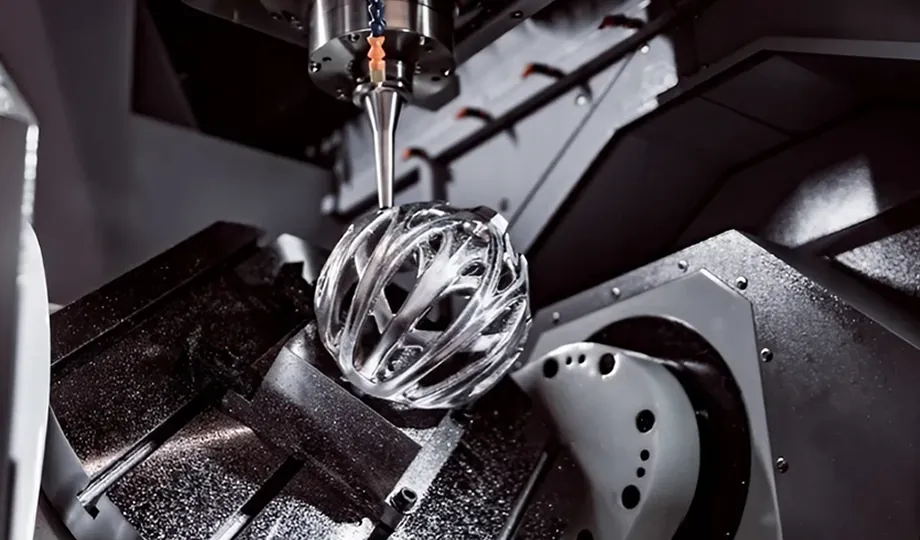
Understanding Aluminum Alloy Characteristics
Thermal Properties:
Aluminum Alloys have a high thermal expansion coefficient, causing them to expand considerably under the heat generated during machining. This expansion can lead to dimensional inaccuracies and warping.
Mechanical Properties:
The cutting forces exerted by the machining tool induce mechanical stresses in the workpiece, potentially resulting in deformation. Residual stresses from prior manufacturing processes can also exacerbate this issue.
Material Composition and Microstructure:
Different aluminum alloys possess varying mechanical properties like strength and ductility, affecting their susceptibility to deformation. The microstructure, including grain size and distribution, also influences machinability and deformation propensity.
Factors Leading to Deformation
Deformation in CNC aluminum machining arises from multifaceted factors, encompassing thermal effects, mechanical stresses, tooling considerations, material properties, fixturing challenges, and environmental influences. Thermal expansion, heat generation, cutting forces, residual stresses, improper tool selection, and inadequate support mechanisms all contribute to dimensional inaccuracies and surface irregularities. Addressing these factors requires a systematic approach tailored to the specific requirements of aluminum machining.
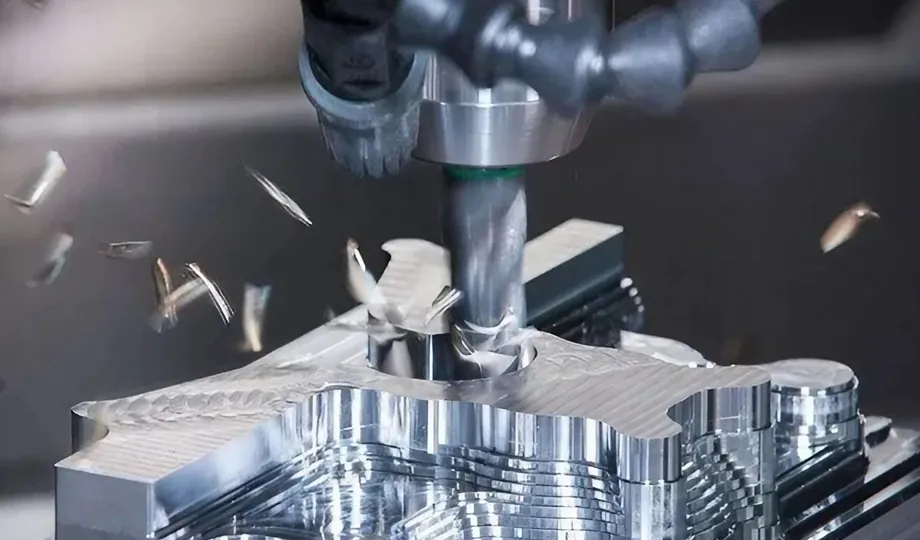
Strategies for Minimizing Deformation
Symmetrical Machining:
Distributing heat uniformly through symmetrical machining techniques mitigates thermal deformation by preventing localized heat buildup.
Stratified Multiple Machining:
Simultaneously treating multiple cavities reduces force differentials, ensuring even stress distribution and minimizing deformation risks.
Optimization of Cutting Parameters:
Fine-tuning cutting parameters, particularly the depth of back cutting, optimizes efficiency while mitigating cutting forces and thermal effects.
Drilling and Milling: Pre-drilling followed by milling reduces cutting heat and prevents part distortion, ensuring dimensional accuracy and surface finish quality.
Adoption of 5-axis CNC machining:
Leveraging advanced 5-axis machining technologies enhances geometric precision and reduces tool load, optimizing machining efficiency and accuracy.
Conclusion
Minimizing deformation in CNC aluminum machining demands a multifaceted approach integrating material science principles, machining expertise, and technological advancements. By embracing a comprehensive strategy encompassing symmetrical machining, stratified multiple machining, optimized cutting parameters, drilling and milling techniques, and advanced 5-axis machining, manufacturers can mitigate deformation risks and achieve superior outcomes. This holistic framework not only ensures dimensional accuracy and surface finish quality but also enhances efficiency and competitiveness in the CNC aluminum machining landscape.
Why Choose SAIVS™ as Your Supplier?
1.Superb Quality Control Management
At SAIVS, we take pride in our perfect quality management systems and procedures, which guarantees the excellent performance of all our producs, being a professional Investment Casting | Die Casting| Sand Castingmanufacturer in China.
2.Rich Production Experience
With 20 years of experience in production, SAIVS has a deep understanding of the market and trends, and strives for continuous research and innovation. This has created advantages in both the product's performance and appearance.
3.Competitive Prices
As a Chinese factory committed to becoming the most cost-effective Investment Casting | Die Casting| Sand Castingexporter in China, SAIVS provides high-quality products at advantageous prices. By lowering costs and increasing efficiency, we ensure that our customers receive the best possible value for their investment.
4.Perfect After-sales Service
At SAIVS, we strive to provide superior customer service that meets and exceeds expectations. We are always available for any questions or concerns you may have, and we stand by our commitment to providing excellent after-sales support.
Related Posts
-
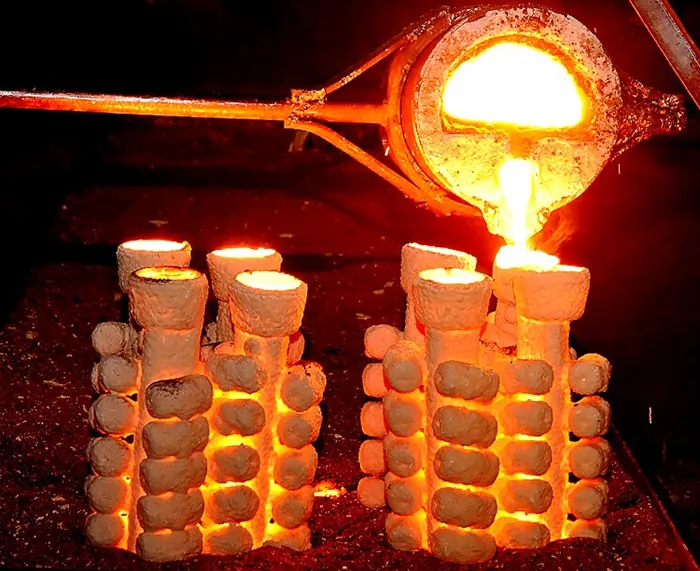
Repairing Defects in Investment Castings
From the defect causes to repair methods, a comprehensive analysis of investment casting defects repair knowledge, help you to understand the casting process.
-
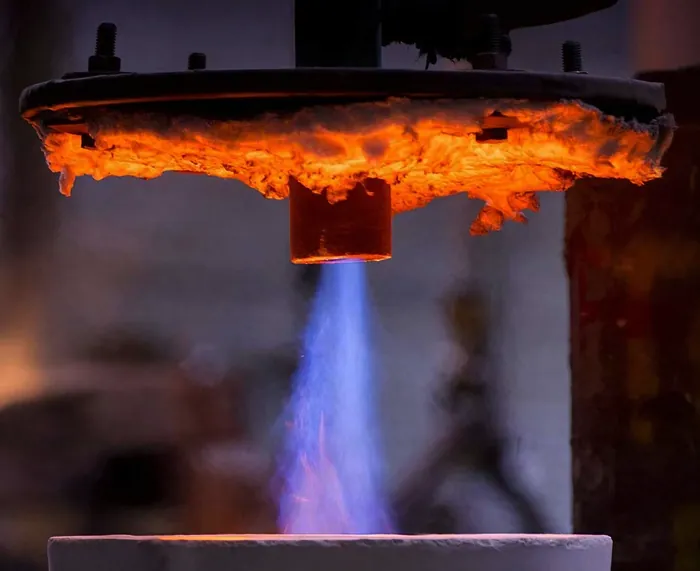
Investment Casting: Why Are Opening Costs So Low
Investment Casting is a widely used casting process for manufacturing complex-shaped parts, favored for its excellent surface finish and precise dimensiona
-
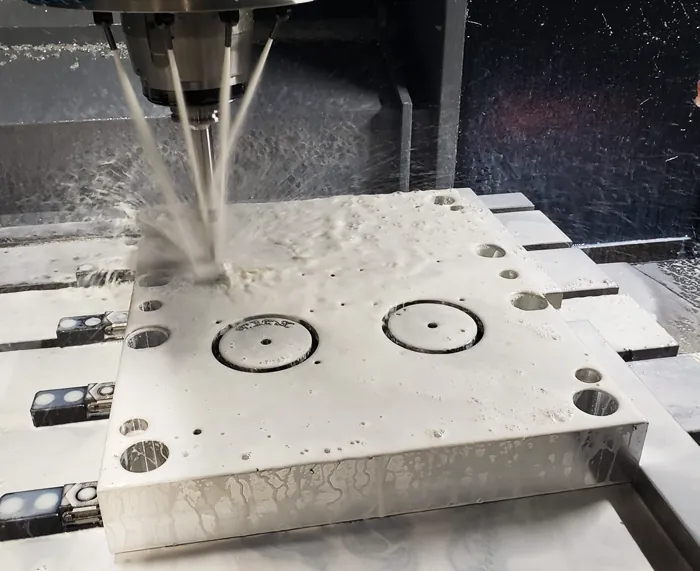
Preventing Flow Lines in Injection Molding
Flow lines, visible as streaks or wave-like patterns on the surface of molded parts, are a common aesthetic defect in injection molding. Although they typi
-
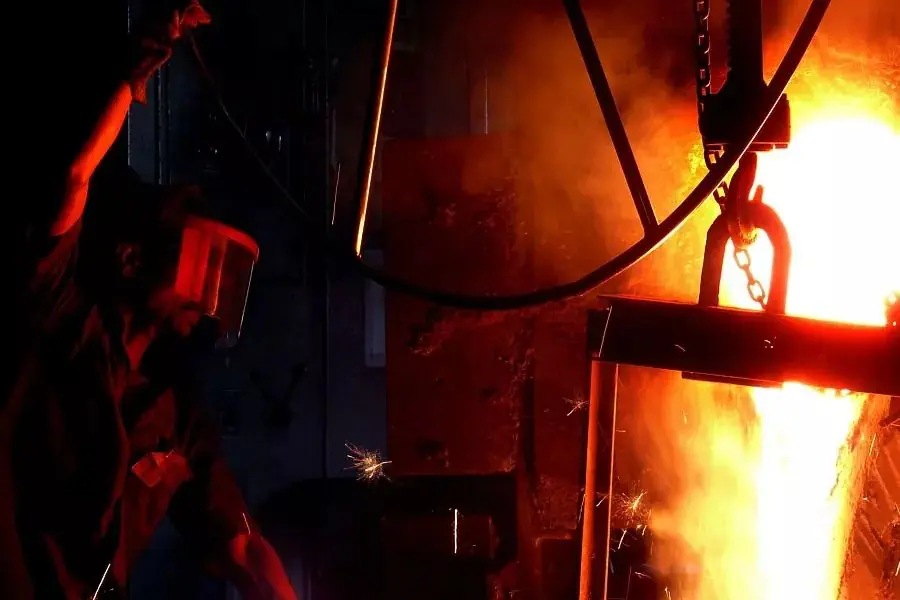
Boost Tundish Life: Key Strategies for Continuous Casting Efficiency
Enhancing Continuous Casting Tundish Life: Key Measures and StrategiesIntroductionThe continuous casting tundish plays a pivotal role in the steel producti
-
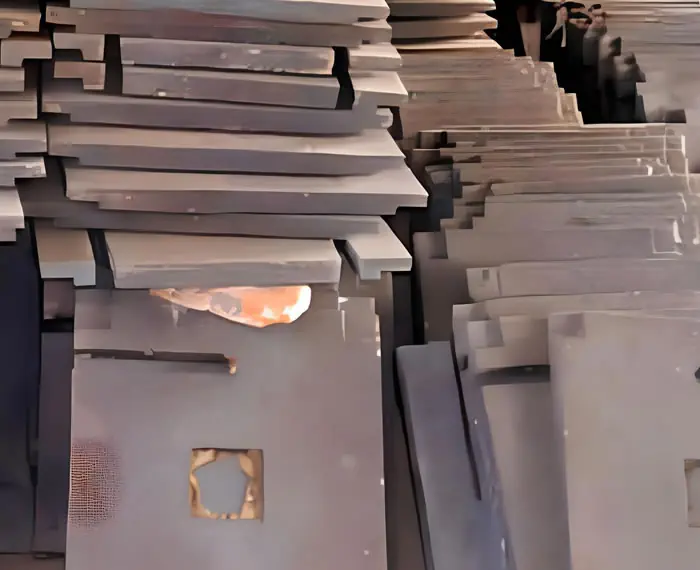
How To Choose The Right Casting Cleaning Equipment
Key Considerations for Selecting the Right Shot Blasting Equipment in FoundriesCasting cleaning is an essential process in any foundry, ensuring that casti
-
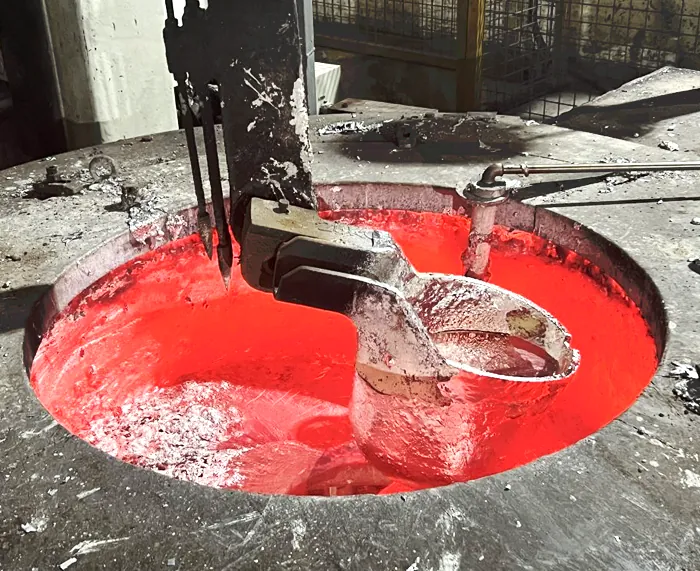
Porosity Issues in Aluminum Die Castings: Formation, Types, Effects, and Solutions
This article aims to provide a comprehensive overview of porosity issues in aluminum die castings.

